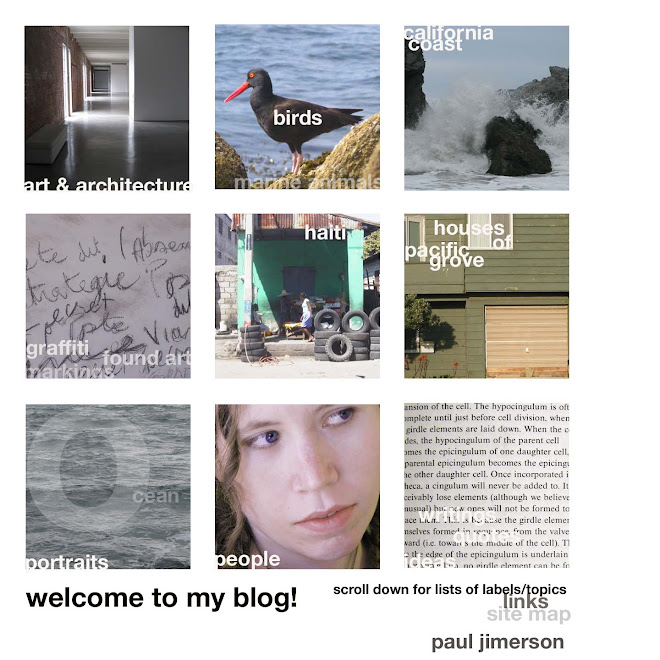
fig.1 Exploded view of the frustule of a naviculoid diatom.
I first became aware of diatoms during my guide training class at the Monterey Bay Aquarium six months ago (January, 2009). I thought they were pretty cool, but it wasn't until I saw a radiolarian that I was really blown away, and had to study microorganisms more closely. The radiolarian looked like – and was – a glass (silica) sphere with glass spikes. While a radiolarian is a protozoa, and a diatom is a single-celled alga, there is a fine line between the two groups.
I digress. A few months ago I was going through the Aquarium library, and happened upon a hefty tome with a light blue cover called, simply, the diatoms, consisting of some 750 pages, chock full of wonderful black-and-white photos of many of the 10,000 known extant species of diatoms. I was fascinated by the beautiful shapes, the remarkable variety and the incredible symmetry of these tiny algae.
Without going into a lot of detail about diatoms, here are a couple of interesting facts: diatoms contribute hugely to the ocean production of carbon dioxide, and are responsible for 45% of the primary production in the oceans. They are used to monitor water quality in fresh and salt water. Collections of their cast-off frustules (or shells) accumulate at the bottom of oceans and lakes, and are mined as diatomaceous earth, which is used for everything from cat litter to studies of blood clotting.
My interest in diatoms is less scientific than aesthetic. The title of this section of my blog sounds a tad pretentious, but it is my intention to portray as many different types of diatoms as I can manage. My methodology is simple: I heft the huge book onto a little table, put my camera on a tripod, and snap away at the pages of the book. Technical note: The photos are taken in a low light situation (a cloudy day on the Peninsula) inside my apartment with no artificial light, so they tend to be a little dark. The edges are a little skewed, but I intend to unskew them (until I get really bored or frustrated) in PhotoShop, and lighten them a bit. How many end up on my blog depends on how much the project continues to interest me, although I can get a bit obsessive at times, so it is possible that I will eventually get all or most of the images from the book on my site, and perhaps photographs from other sources. I will include a little bit of identifying information for some of them, and some I will just let stand as interesting looking objects.
My reason for initiating the Diatom Project is that I think they are really amazing and beautiful, and I want to share them with you, the blog reader. I hope you enjoy them as much as I do, and will begin to study them and take them into your heart. If nothing else, they can serve as a reminder of the miraculousness of life on earth.
The first image I am posting is a diagram of an exploded view of the frustule of a naviculoid (boat-shaped) diatom, “showing the epivalve (E). epicingulum containing 4 bands (EC). the incomplete hypocingulum (HC) and the hypovalve (H).” (Round, F.E., R.M Crawford, D.G. Mann, the diatoms: biology & morphology of the genera, Cambridge University Press, 1990. p 5.)


Hi Paul
ReplyDeleteWelcome to the small group of people facinated by Diatoms.
I first heard about them an year ago, from an inventor who has invented a product to cause blooms of Diatoms.
We believe that this is the best solution to water and air pollution.
As you rightly remarked - Diatoms absorb huge amounts of CO2 and release proportionate quantity of O2 and provide food for fish.
There is too much CO2 in the air (global warming) and water (Ocean acidification), too little O2 in water (Eutrophication) and fish population of the oceans in going down.
So we can solve all three problems at one shot.
Please visit my blog www.nualgi.blogspot.com for more info (first few posts) and news.
best regards
Bhaskar
www.kadambari.net